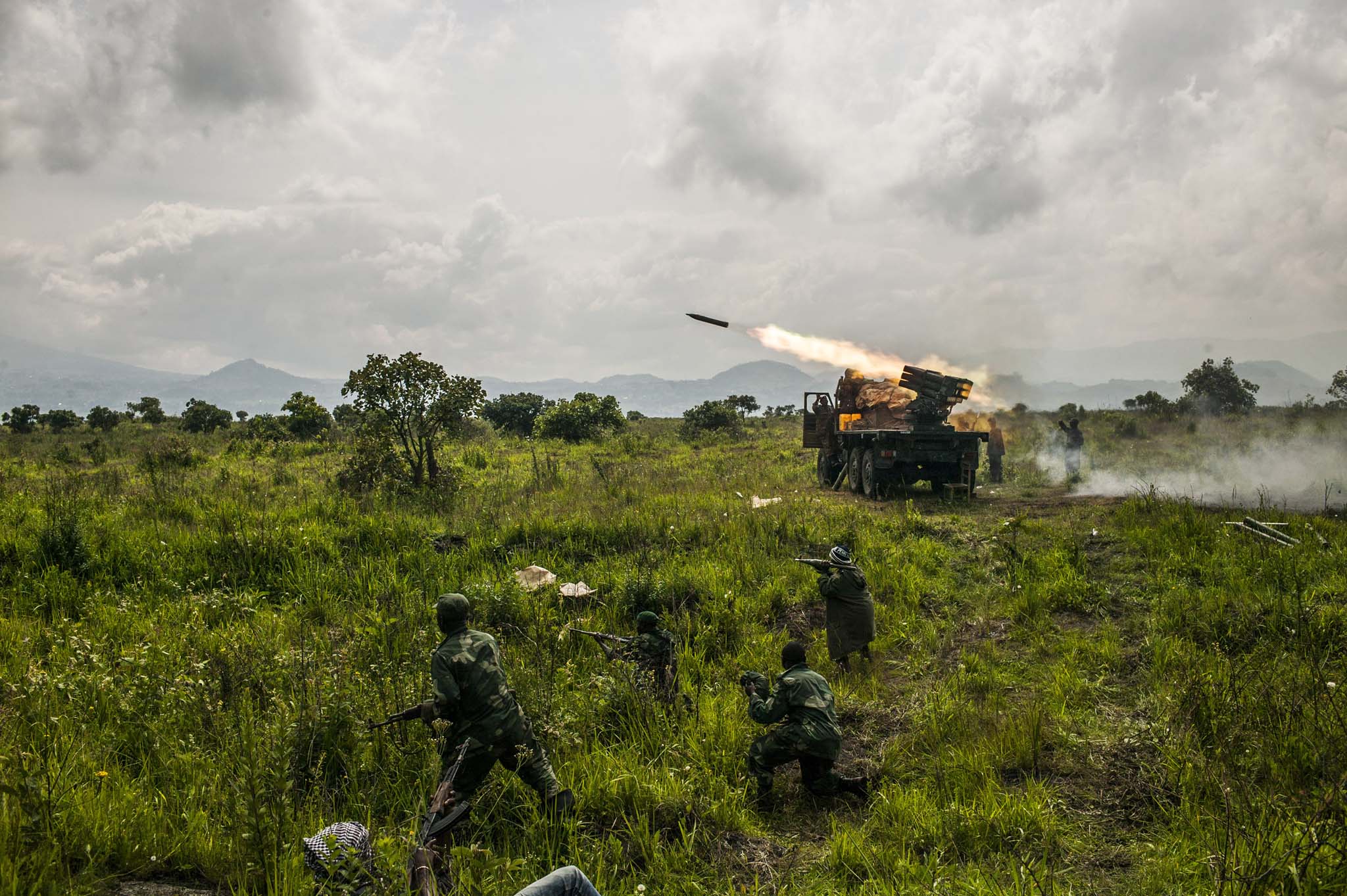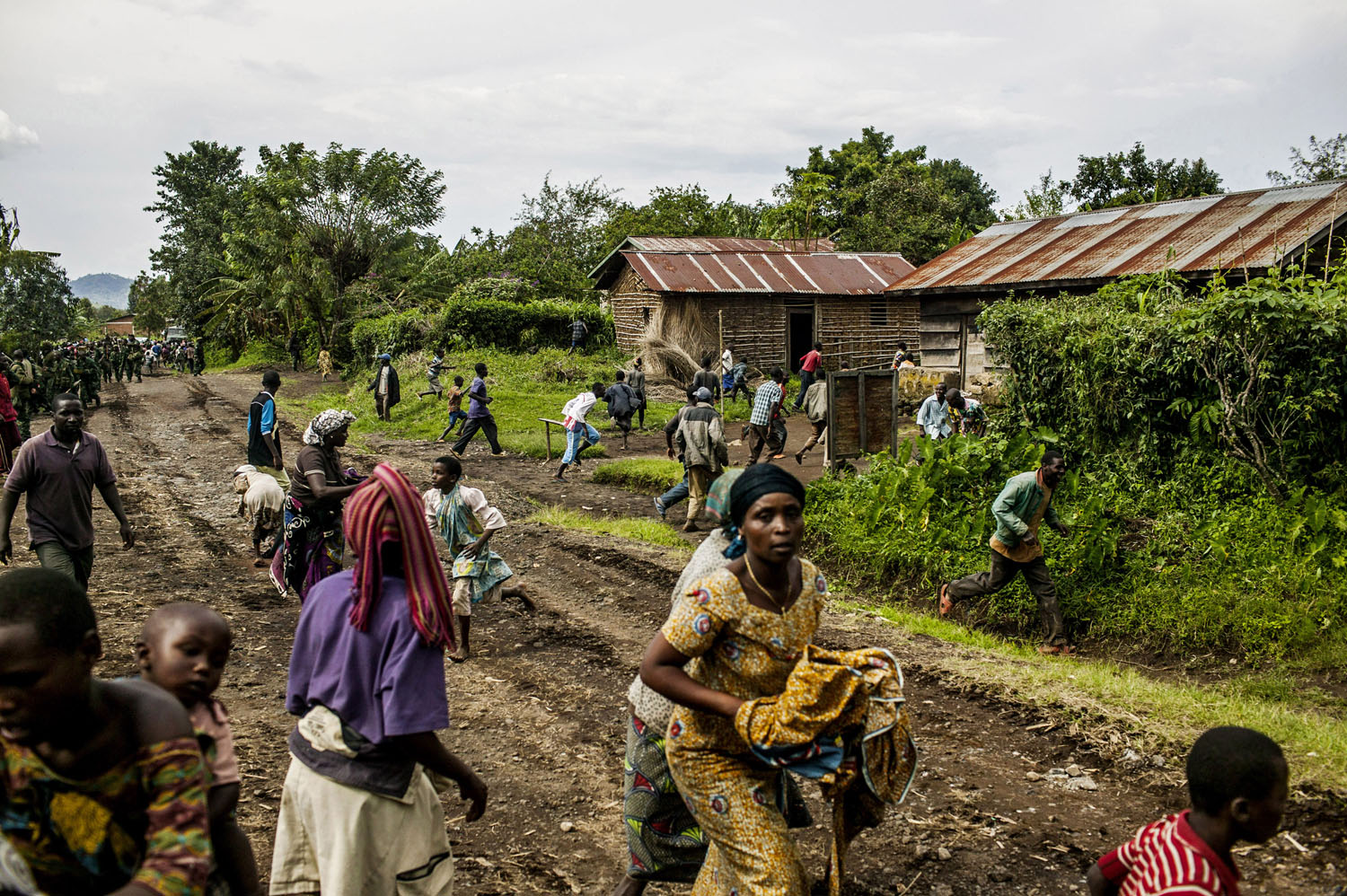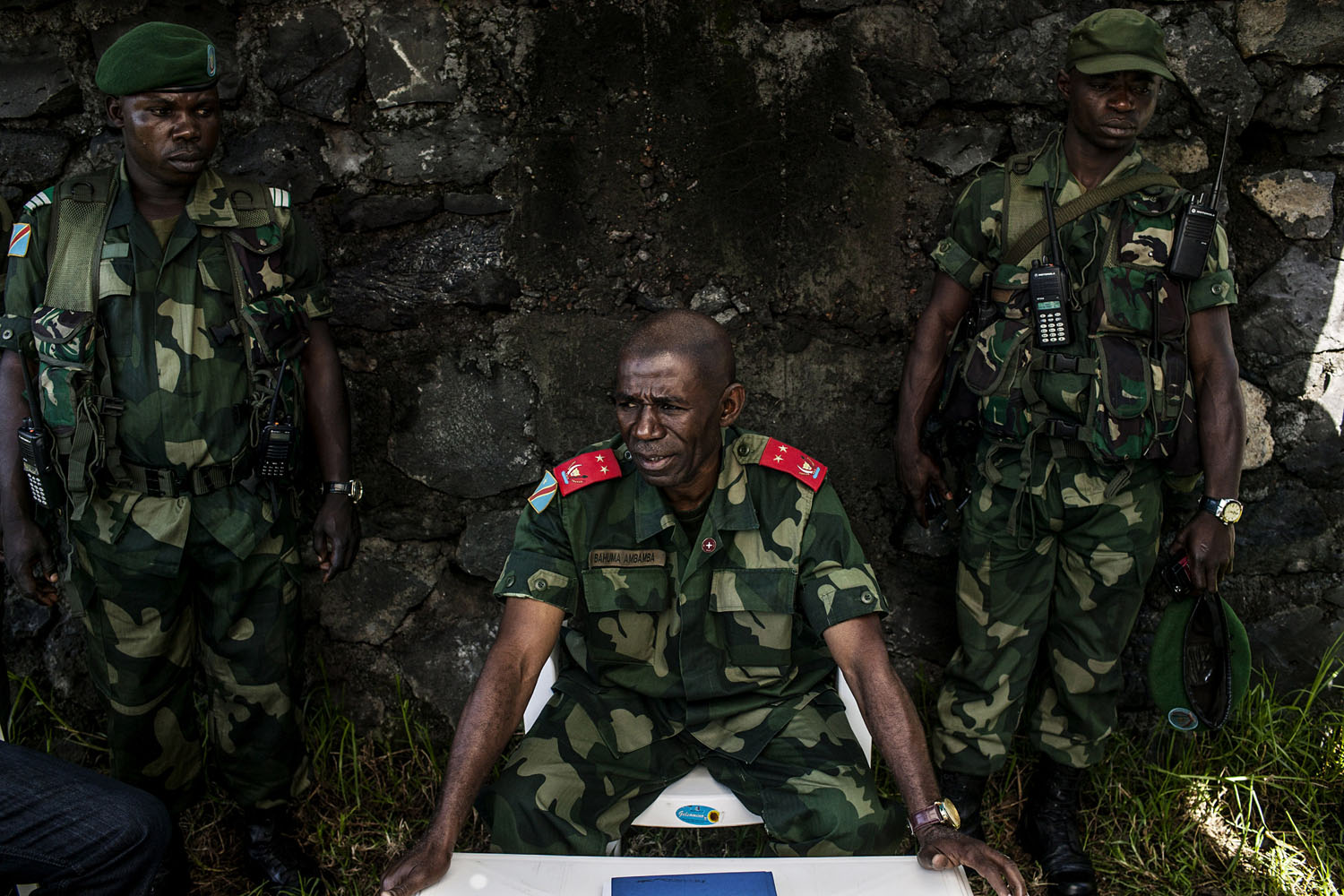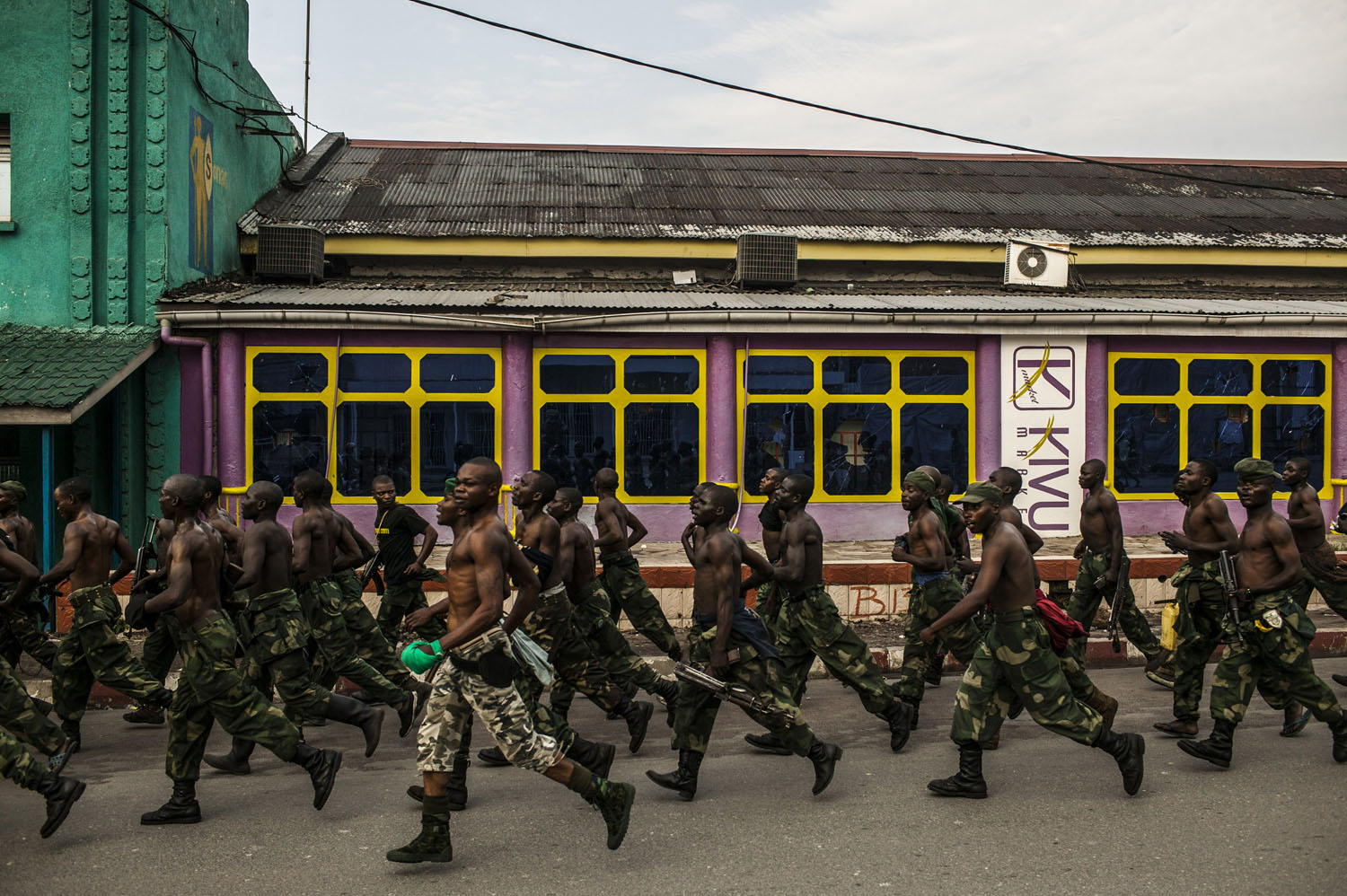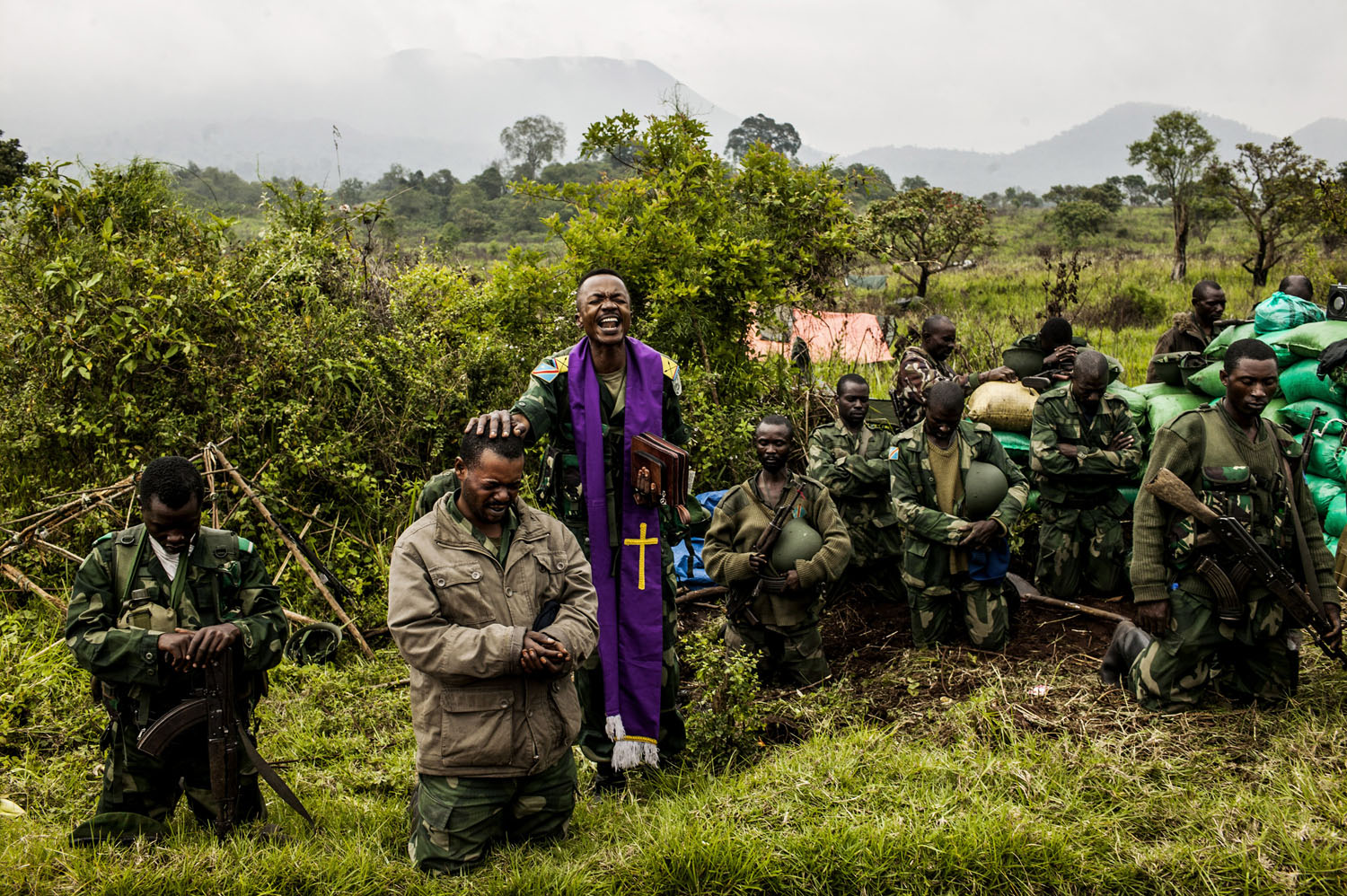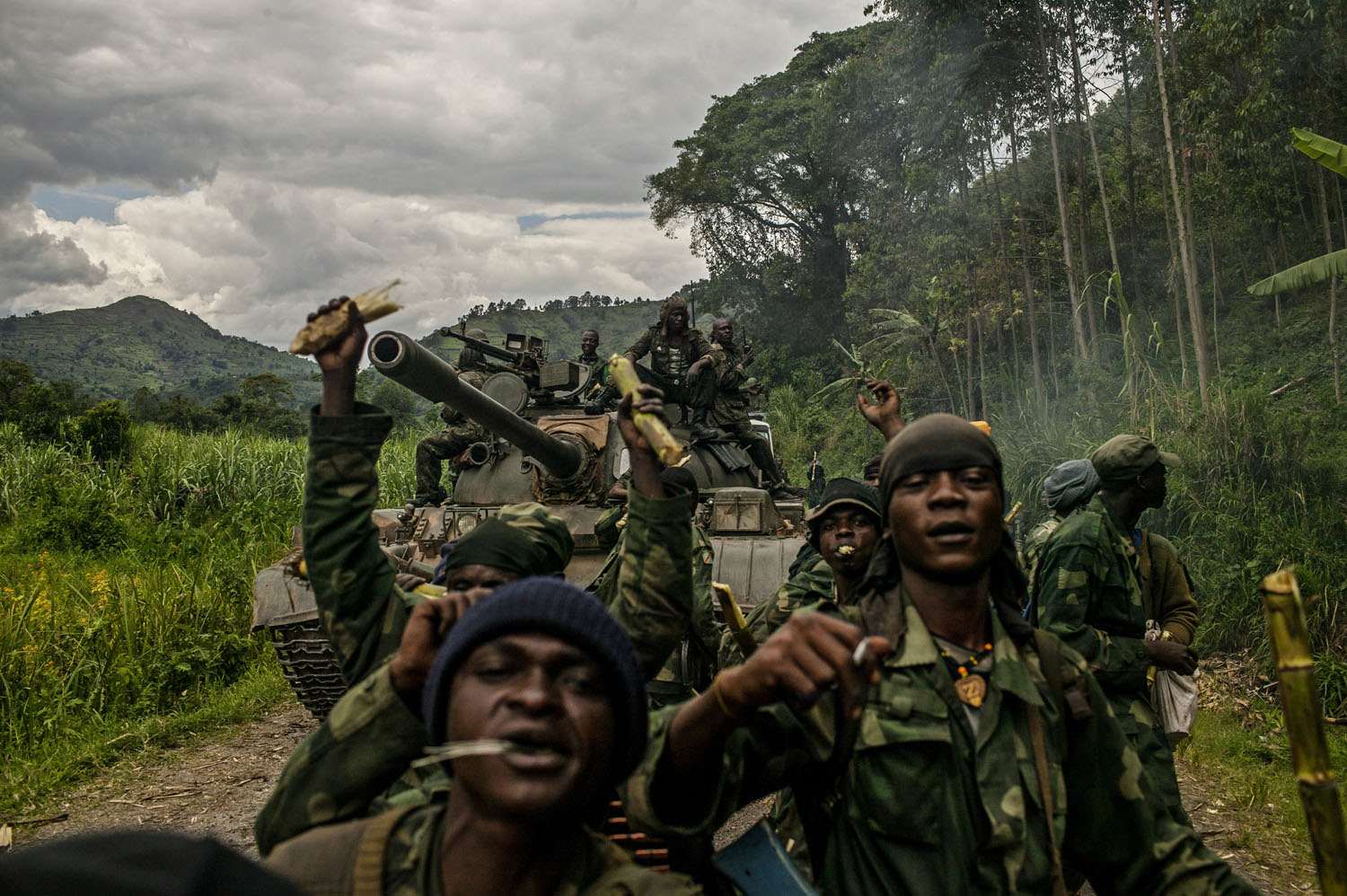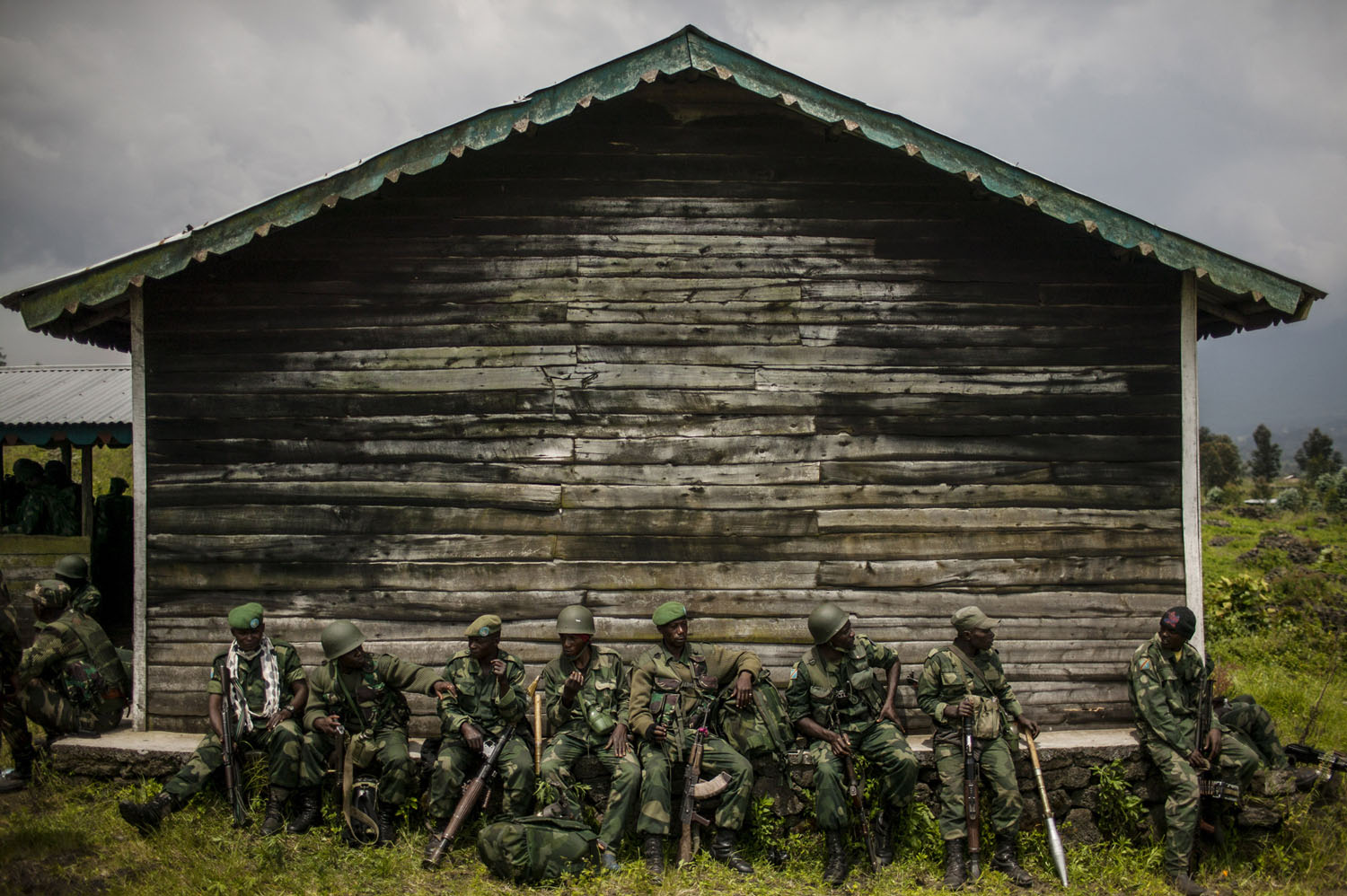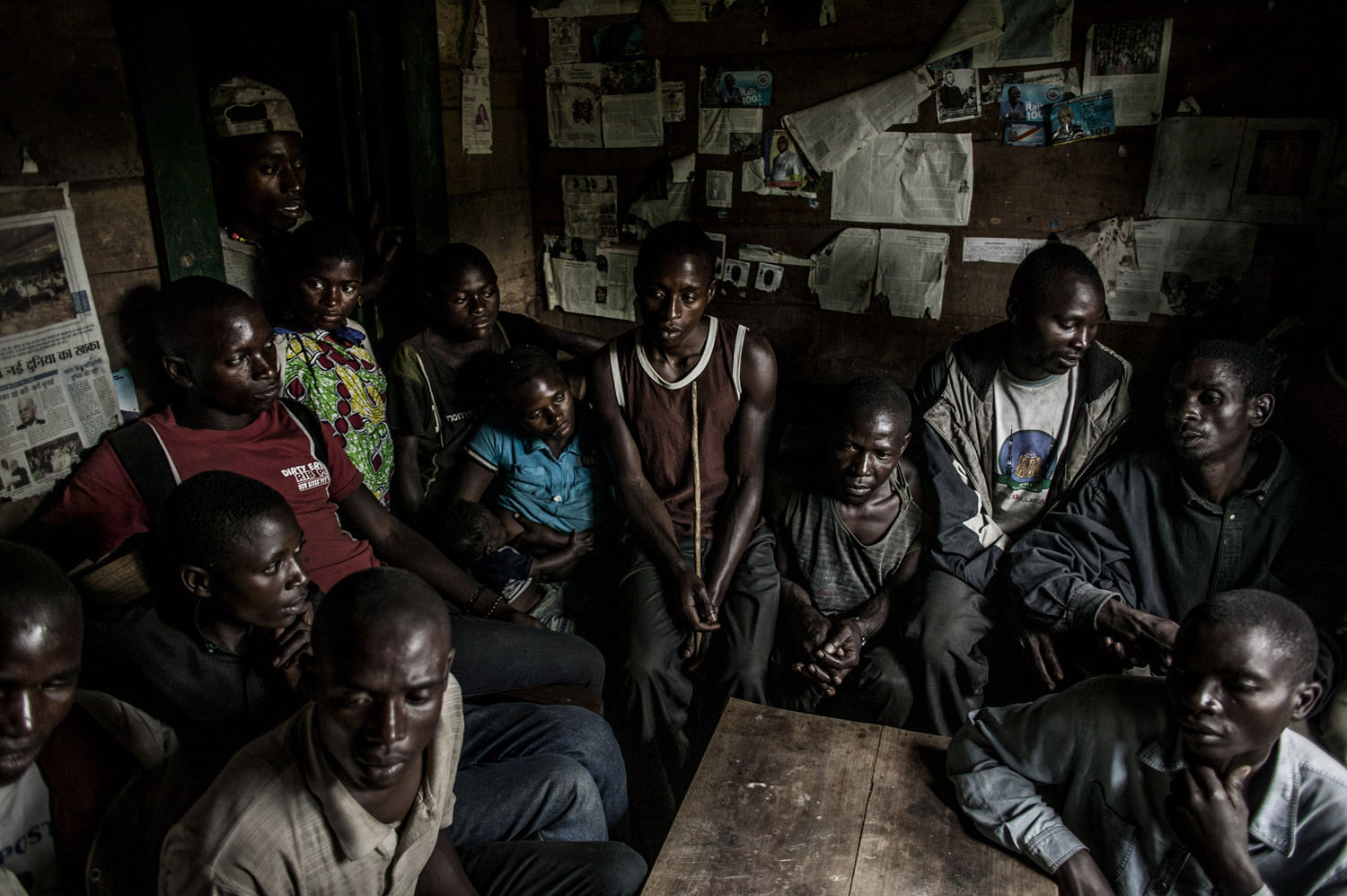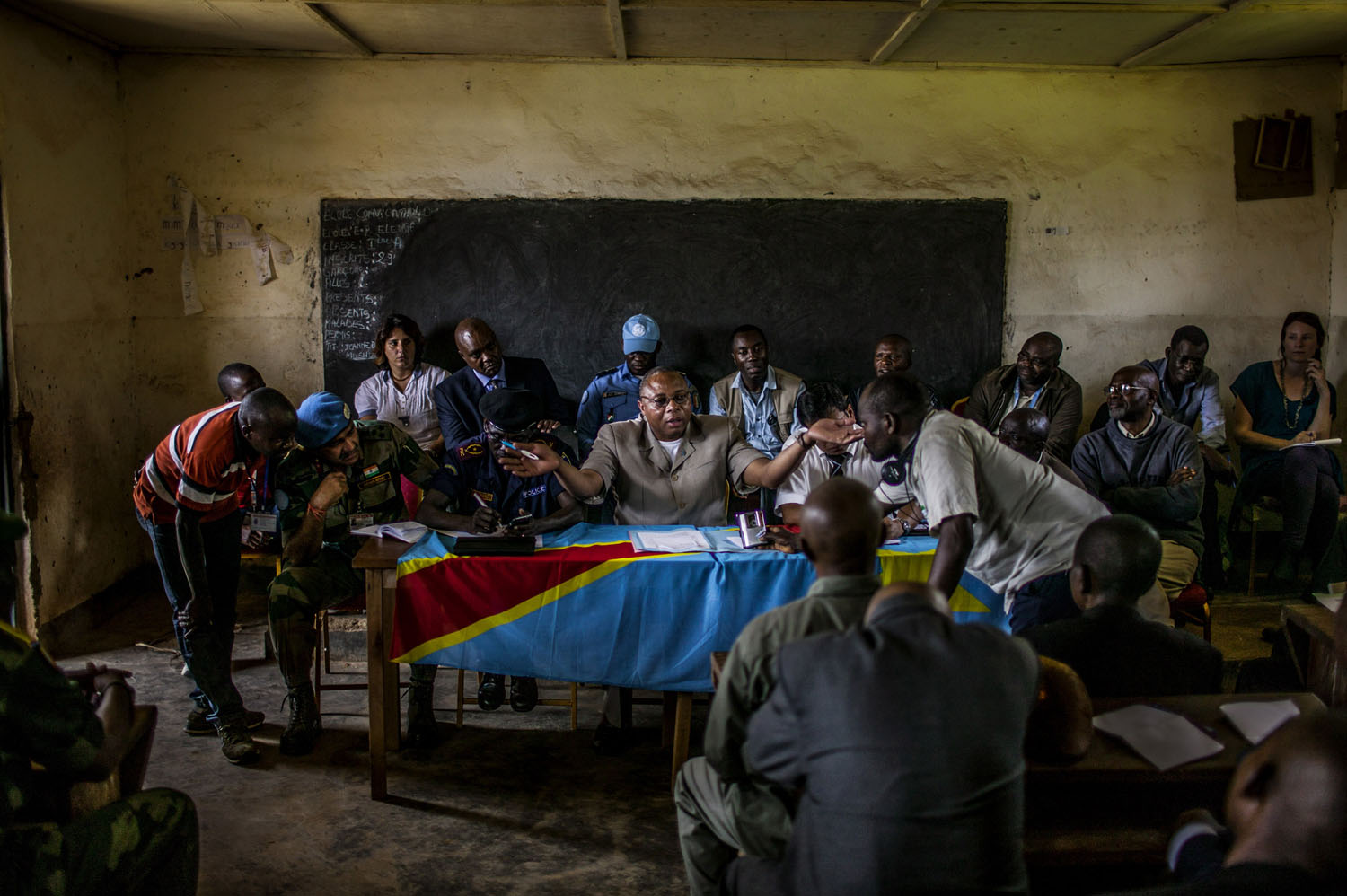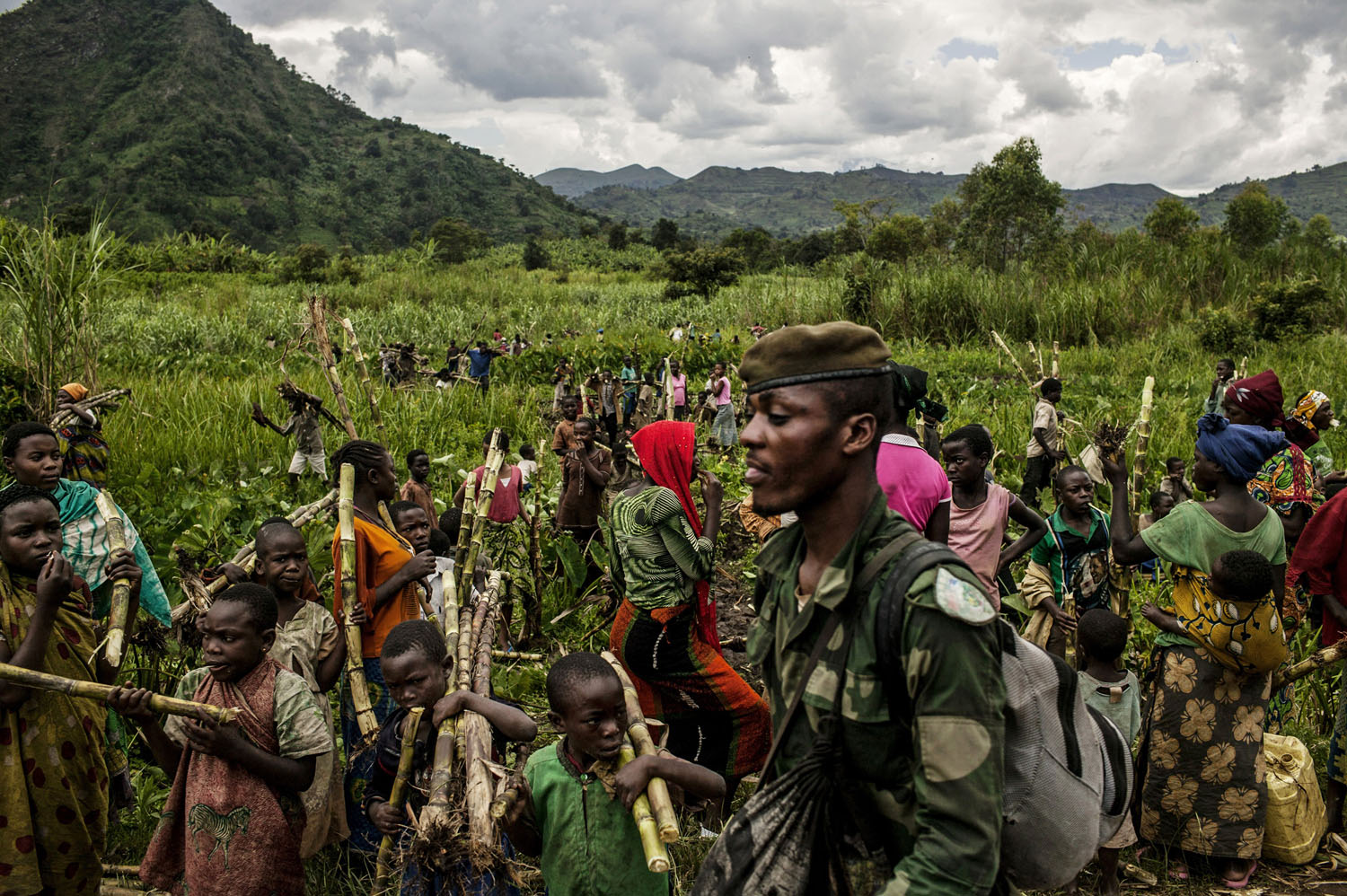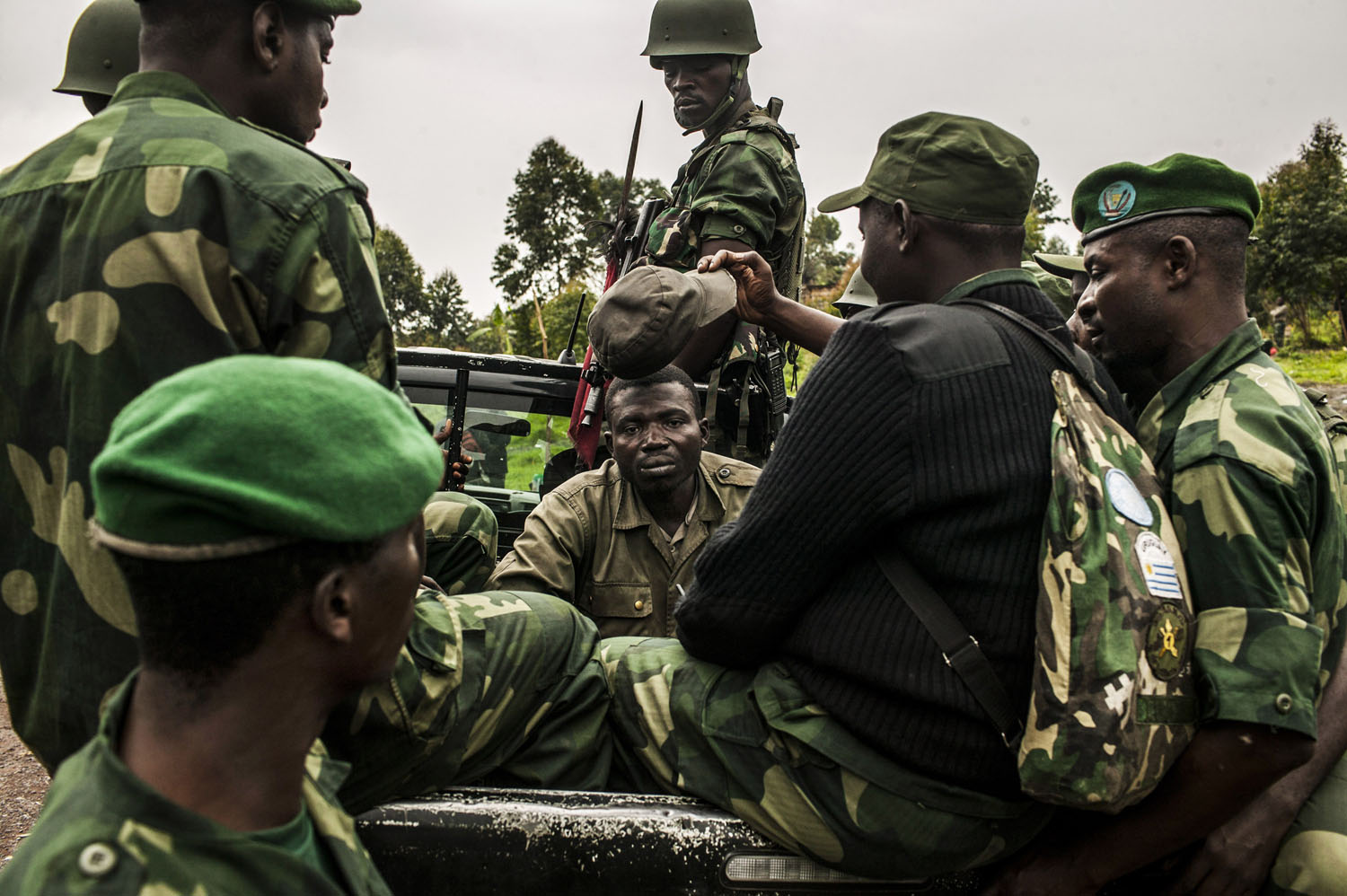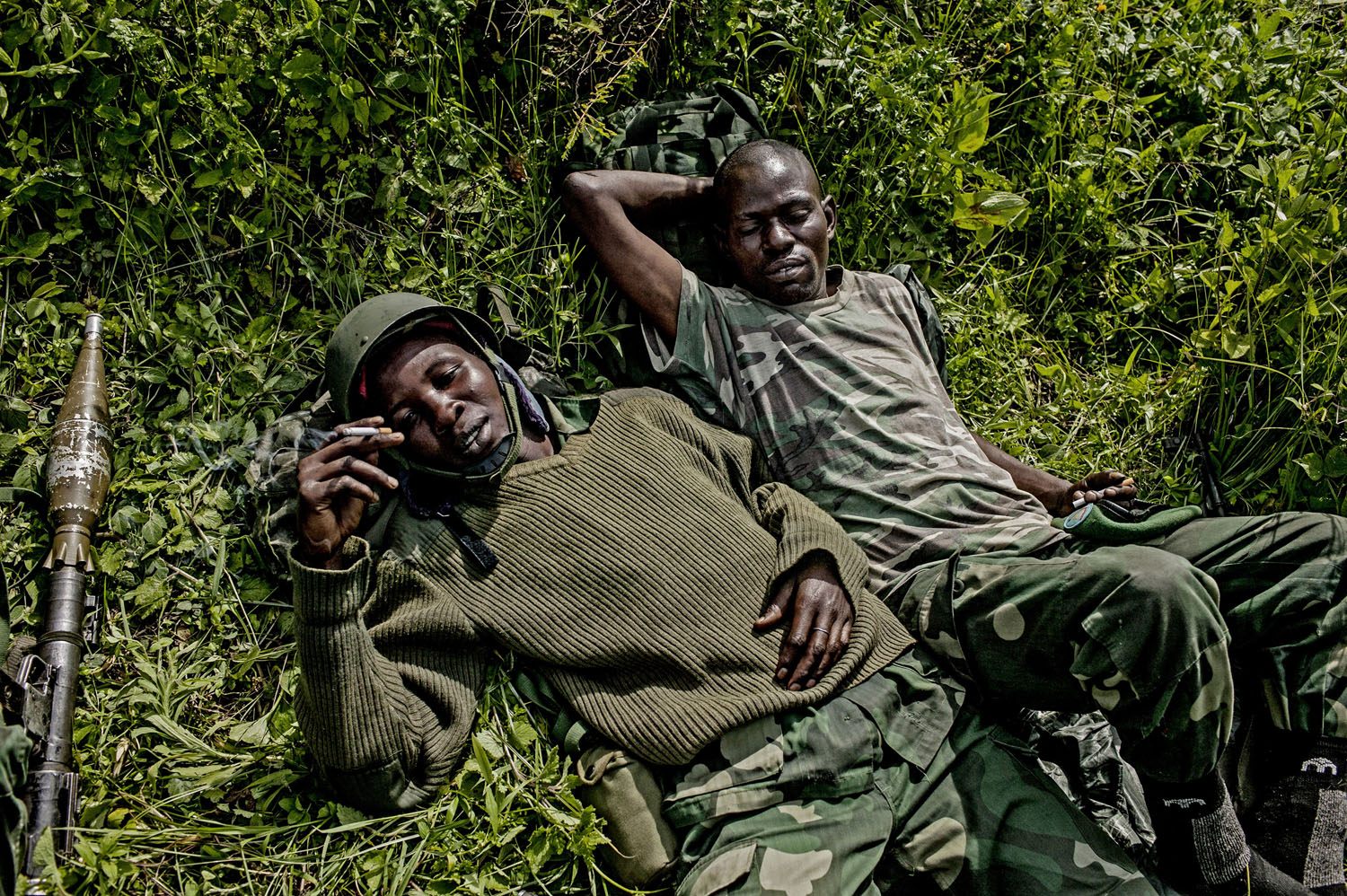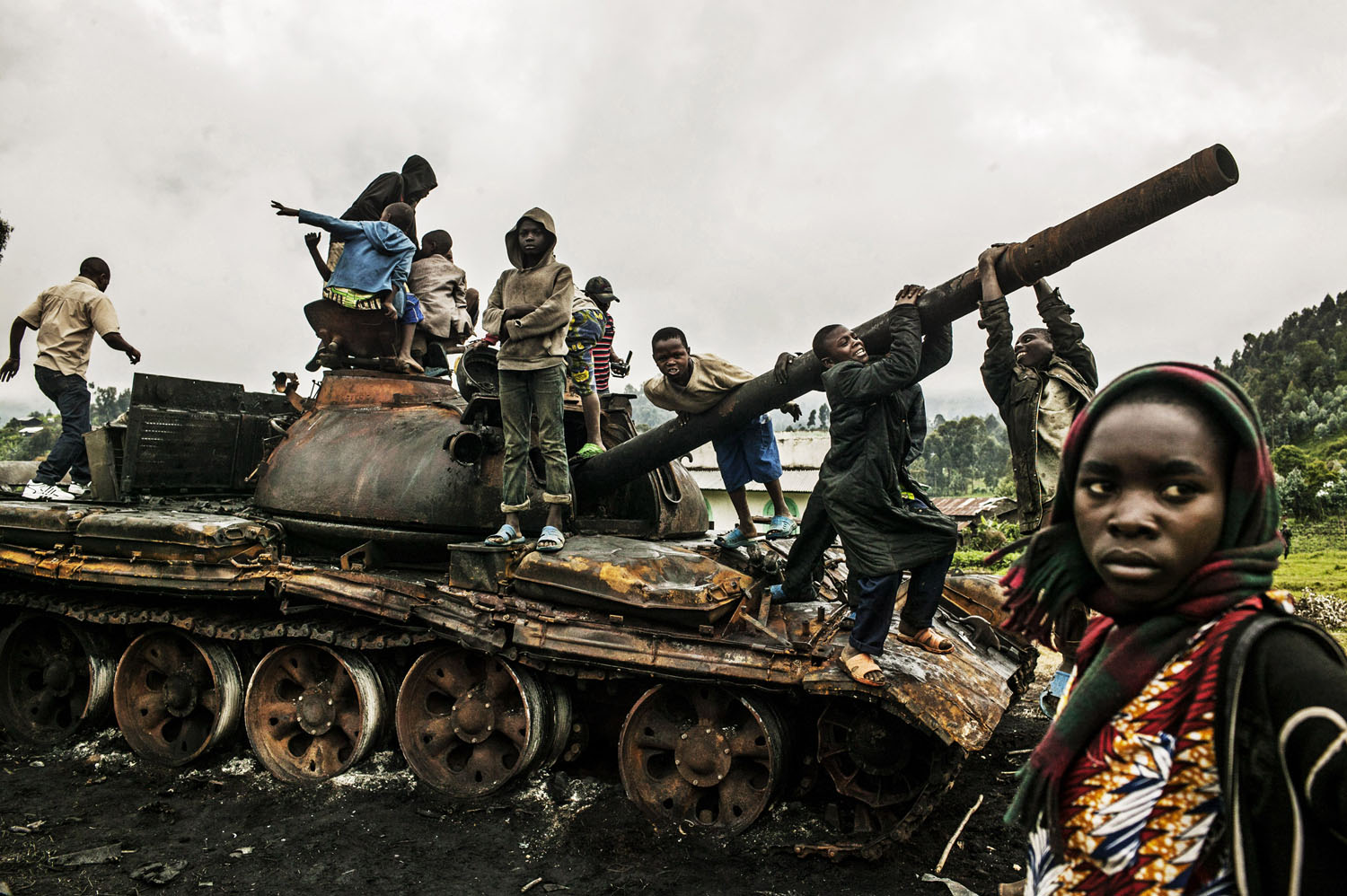PROJECTS
Turning Tides: Congo’s War Against the M23
By Pete Muller
In the fall of 2013, the war between Congolese forces and rebels known as M23 culminated in a fierce battle on plains of volcanic rock in Congo’s east. For more than a year, M23—a formidable rebellion with ties to Rwanda and Uganda—had scored successive victories over the Congolese army, including the capture of Goma, the region’s most vital city. In late 2013, with enhanced support from the United Nations and the international community, the Congolese army resolved to crush the rebellion and launched one of the largest military campaigns in its recent history.
For months, the army advanced on M23 positions. As it pushed the rebels farther toward the border, fighters were close enough to taunt one another across frontlines that lay in the shadows of eastern Congo’s towering mountains. In October, the army shocked the world with a surprisingly powerful and effective final offensive that ended the reign of M23.
On assignment for The New York Times, I traveled to eastern Congo to cover this momentous and historic confrontation. Over the course of three months, I moved alongside Congolese forces as they battled to retake vast swaths of territory. I followed them from the frontlines outside Goma to M23’s final strongholds, deep in the mountains along the border with Uganda.
During this period, I sought to capture not only newsworthy hallmarks of the war, but also the complex, human experience of all involved. I aimed to capture the chaos and the quiet, the oscillating moments of fear and exuberance and of reflection and despair. I strove to convey the tension of the war as felt by soldiers, civilians, and politicians alike, each experiencing the conflict in unique and different ways.
In this sequence of pictures we see the scope and range of those experiences. We see soldiers on their knees, humbled in prayer along the frontlines. This is contrasted with images of the rowdy and intimidating nature of their advance. We see civilians scatter during a firefight in one frame and celebrate around a smoking gun in another. We see palpable tension on the faces of the Kanyabugoyi family as they huddle inside their home, unsure of what the future will bring.
These images differ from previous work on this subject in their humanization of Congolese combatants and civilians alike. In many instances, soldiers in the Democratic Republic of Congo are depicted as vicious and predatory. Historically, they have been responsible for abuses against the population in the course of conflict and work from Congo has reflected this. Here, however, we see soldiers not as monsters, but as complicated individuals caught in the throes of a conflict that is larger than each one of them. Within this sequence, we see them as both victims and aggressors.
When published in The New York Times, these pictures drew attention to reform efforts underway within the Congolese army and its new commitment to eliminate the presence of armed groups in the country’s vacuous east. Power struggles between the region’s many armed groups have caused terror and chaos for the population for decades. These pictures illustrate the army’s most significant effort to pacify such armed groups, and capture its first momentous victory.
Publications
A Congolese Rebellion Routed, a Photographer’s Work Continues, The New York Times


